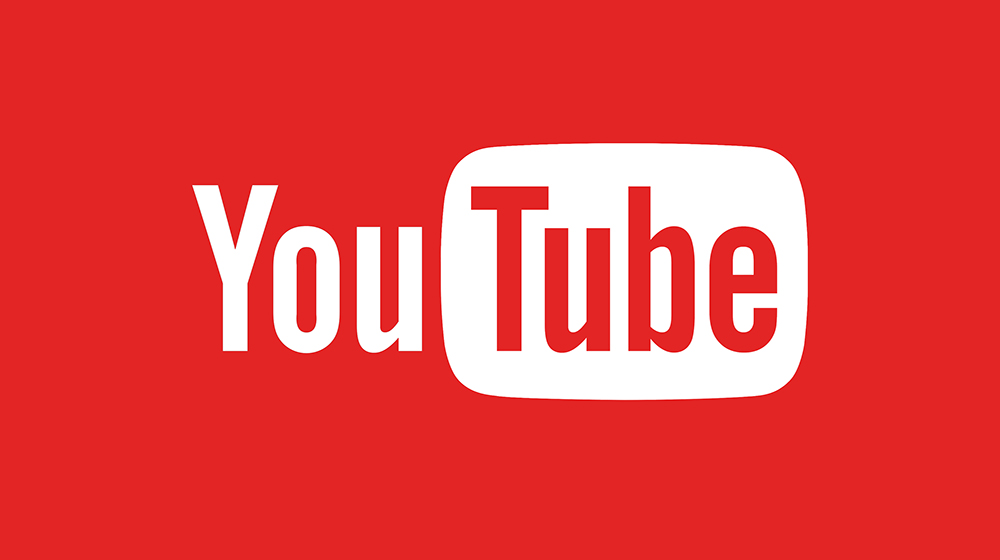
.inarticle_banner_top { width: 728px; height: 90px; }
@media(max-width: 800px) { .inarticle_banner_top { width: 300px; height: 250px; } }
@media(min-width: 800px) { .inarticle_banner_top { width: 728px; height: 90px; } }
(Hypebot) — YouTube has been plotting to overtake Spotify as the top DSP. It turns out that they’ve got a secret weapon that might make it happen….
by Tatiana Cirisano from MIDiA
YouTube has not been quiet about its ambitions to overtake Spotify as the music industry’s top revenue driver by 2025. The clock is ticking, and although YouTube is the most popular platform for music listening globally (55% of consumers watch music videos on YouTube, compared to 24% who listen to Spotify), it still has a significant way to go towards translating that dominance to revenue. While YouTube paid out $6 billion to the music industry in the 12 months ending in June 2022 — a 50% increase year-over-year — Spotify paid out $7 billion in royalties to the music industry in 2021, up 40% from 2020.
Yet YouTube has something that Spotify does not: a more than decade-old creator proposition and a proven ability to actually help creators make money, which the company is now doubling (if not quadrupling) down on. No wonder that 30% of YouTube’s contribution to music rightsholders came from user-generated content (UGC). As UGC and non-DSP streaming become increasingly integral to the music industry, this could be enough to tip the balance in YouTube’s favor.
The original creator platform
YouTube’s payments to the music industry rose by 50%, but the proportion made up by UGC — 30% — did not change. Still, that 30% represents a secret weapon that sets YouTube apart from Spotify, and will likely become even more important. As YouTube’s global head of music, Lyor Cohen, noted in an open letter this week, YouTube has facilitated a “two-way street” between creators and their audiences since its founding back in 2005. The launch of its Partner Program in 2007 made it one of the first places where creators could make money by creating content online. What has changed, and in YouTube’s favor, is that this level of engagement “has become mission critical” for artists. Its strength in UGC also helps YouTube attract gen Z, while Spotify’s core base of millennials are beginning to age. Finally, this history gives YouTube the advantage of a deep understanding of creators’ needs — chief among them, money.
Artists and creators will follow the money
What is so groundbreaking about YouTube’s approach is actually really simple: all of their innovations focus on helping creators and artists earn money, full stop. This week, that included two key features: streamlined music licensing for long-form videos, and a revenue-sharing program for Shorts creators. There is a huge, untapped opportunity to streamline “micro-licenses” for creators using music in their monetized content, who are not served by the traditional (time-consuming, expensive, guarded) sync industry. On YouTube, creators can now either pay an upfront fee for the music, or share a portion of their ad revenue with music rightsholders — opening an entirely new revenue stream for the music industry.
The new Shorts revenue-sharing program gives the platform a real edge over TikTok, which is great for going viral, but not as great for building audiences and earning direct revenue. Shorts is lagging behind other short-form video apps (9% of consumers use Shorts weekly, compared to 27% of consumers who use TikTok and 15% who use Instagram Reels). Yet, while other platforms are going after TikTok by mimicking its format and algorithm, YouTube understands that it is effective monetization that will truly draw over creators, and with them, audiences. It is also notable that in Cohen’s letter, he recognised the “tremendous pressure” artists are under to be “always on”, and said YouTube’s real hope is that these features give artists more time to focus on making music. As the risk of burnout rises, solving this issue for artists and creators is becoming a business imperative, not just a cultural one.
Careful what you wish for
All of these factors make YouTube a real threat — not just to Spotify, but potentially to ByteDance and other next-gen music companies as well. The final factor left to consider, though, is how fundamental changes in consumption brought by UGC could end up impacting rightsholders’ bottom line. If 30-second clips and UGC recreations become the dominant form of music consumption — over full songs and music videos — then rightsholders may stand to make less money from YouTube. If YouTube wants to become the music industry’s top revenue driver, it must grow the subscriber base of its premium streaming service as well. With its creator proposition largely in the bag, this is perhaps where YouTube needs to pay most attention.
Look out for MIDiA’s report on the next evolution of streaming services coming soon.
Techyrack Website stock market day trading and youtube monetization and adsense Approval
Adsense Arbitrage website traffic Get Adsense Approval Google Adsense Earnings Traffic Arbitrage YouTube Monetization YouTube Monetization, Watchtime and Subscribers Ready Monetized Autoblog
from YouTube Monetization – My Blog https://ift.tt/yYKaNVf
via IFTTT
Comments
Post a Comment